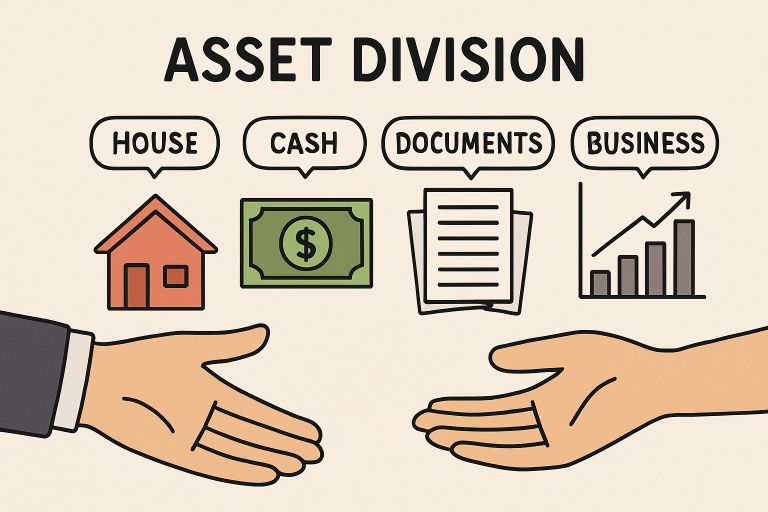Key Takeaways:
As we delve into the intricacies of customer satisfaction surveys, keep in mind the following pivotal aspects:
- The fundamental principles that make customer satisfaction surveys a valuable tool.
- The art of crafting questions that lead to insightful responses.
- The importance of careful analysis that translates data into strategic improvements.
- How integrating customer feedback can drive business growth and build brand loyalty.
- Significant efficiency was achieved by incorporating modern technologies into the survey process.
The Essence of Customer Satisfaction Surveys
In the modern market, understanding your clients is not a luxury—it’s a necessity for staying competitive. Customer satisfaction surveys serve as a crucial bridge between a company and its patrons, allowing for an open exchange of feedback and expectations. Businesses can craft surveys quickly and efficiently by applying a thoughtful approach and using tools such as a free survey maker, lending a voice to the customer experience. This, in turn, offers a crucial metric to be valued: the client’s satisfaction, which is directly tied to retention and referral rates.
While gathering information is central, it is not the end goal. The true purpose of the customer satisfaction survey is multifaceted—it builds trust, establishes communication channels, and, most importantly, aligns business objectives with customer expectations. It’s a dynamic process that requires a willingness to listen and adapt, laying the groundwork for continued improvement and engagement.
Designing Your Survey: Key Considerations
One doesn’t have to be a statistician to design a good survey, but paying attention to a few key factors is vital. The most effective surveys have straightforward, concise questions that avoid jargon and complex language. It’s essential to consider the respondents’ journey through the survey—each question should flow naturally to the next, keeping the respondents engaged and thoughtful throughout their responses.
Additionally, the survey length should be managed carefully; if it is too long, you risk respondent fatigue; if it is too short, you might miss out on valuable insights. The balance of question types plays a crucial role in maintaining engagement, as well—rating scales, multiple-choice questions, and open-ended responses all serve unique purposes and can offer different kinds of invaluable data when appropriately used.
Questions That Garner Insights
The most robust surveys pose the right questions to elicit insightful and actionable responses. Questions must be framed to encourage honesty, open enough for customers to express their true feelings, and specific enough to be helpful.
This is where the nuances of language come into play, as how a question is posed can significantly impact the depth and honesty of a response. Questions like “How did we meet your needs today?” rather than “Were you satisfied with our service?” can result in more descriptive and constructive feedback. These questions invite the respondent to share details of their experience rather than simply confirming whether or not it was satisfactory.
Moreover, incorporating follow-up questions that probe deeper into specific aspects of the customer experience can uncover valuable insights that may have otherwise gone unnoticed. For example, asking, “What could we have done differently to exceed your expectations?” encourages customers to reflect on areas for improvement and provides actionable feedback for service enhancement. Balancing quantitative questions, such as rating scales, with qualitative questions allows for a comprehensive understanding of customer perceptions, capturing the numerical score and the underlying reasons behind it. Additionally, framing questions in a positive or neutral tone can mitigate bias and encourage respondents to provide candid feedback without feeling pressured to conform to a particular viewpoint. Businesses can unlock meaningful insights that drive continuous improvement and foster stronger customer relationships by designing surveys with thoughtful and strategic questions.
Analyzing the Feedback: From Data to Action
Gathering data through surveys is only the first step. The critical work begins when it’s time to analyze the responses and uncover the story they tell. This stage requires careful examination to identify trends and outliers, which can reveal strengths to build upon or areas of improvement that need attention.
Utilizing response patterns, businesses can get a snapshot of overall satisfaction levels and deep dive into specific issues that might only be apparent with direct customer feedback. Moreover, qualitative feedback from open-ended questions should be thoroughly reviewed. Often, the wealthiest insights can be found in the unprompted comments from respondents, where emotion and experience color their perceptions.
Furthermore, leveraging data visualization techniques such as charts, graphs, and heatmaps can visually represent survey findings, making it easier to identify patterns and trends at a glance. Segmenting survey data by demographics or customer segments allows for targeted analysis, uncovering insights specific to different audience groups. Conducting sentiment analysis on textual responses can reveal customers’ prevailing attitudes and emotions, offering more profound insights into their experiences and preferences. Prioritizing feedback based on its potential impact on customer satisfaction and business outcomes ensures that resources are allocated effectively to address critical issues first. Ultimately, analyzing feedback aims to translate insights into actionable strategies that drive meaningful change and improve customer experience.
Customer Feedback as a Growth Lever
Extracting the maximum value from customer feedback entails viewing it as a resource for strategic business growth. It is an opportunity to harness direct input from those who know your services or products best. Responding to feedback and implementing actionable changes improves the offer and signals to customers that their opinions are valued and effects real change.
In a marketplace where options are abundant, differentiation often comes not from the product but the surrounding service and experience. Brands that listen to and evolve according to the customer’s voice create a responsive image that can significantly influence customer commitment and increase the likelihood of referrals.
Embracing Technology for Efficient Surveys
As businesses transition into increasingly digital operations, the tools used for conducting surveys have followed suit. The advancement of technology has made survey distribution and data collection more efficient, reducing the cost and workforce needed to execute this vital function.
One of the profound benefits of digital surveys is their scalability and reach. Online survey platforms can be distributed across various channels instantaneously, allowing businesses to efficiently gather data from a broad customer base. Tools that offer automation, such as sending out surveys post-purchase or allowing for real-time analytics, can significantly reduce the administrative load on businesses, letting them focus more on the feedback itself.







